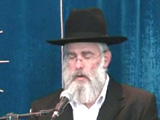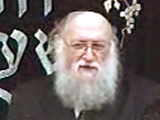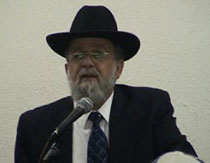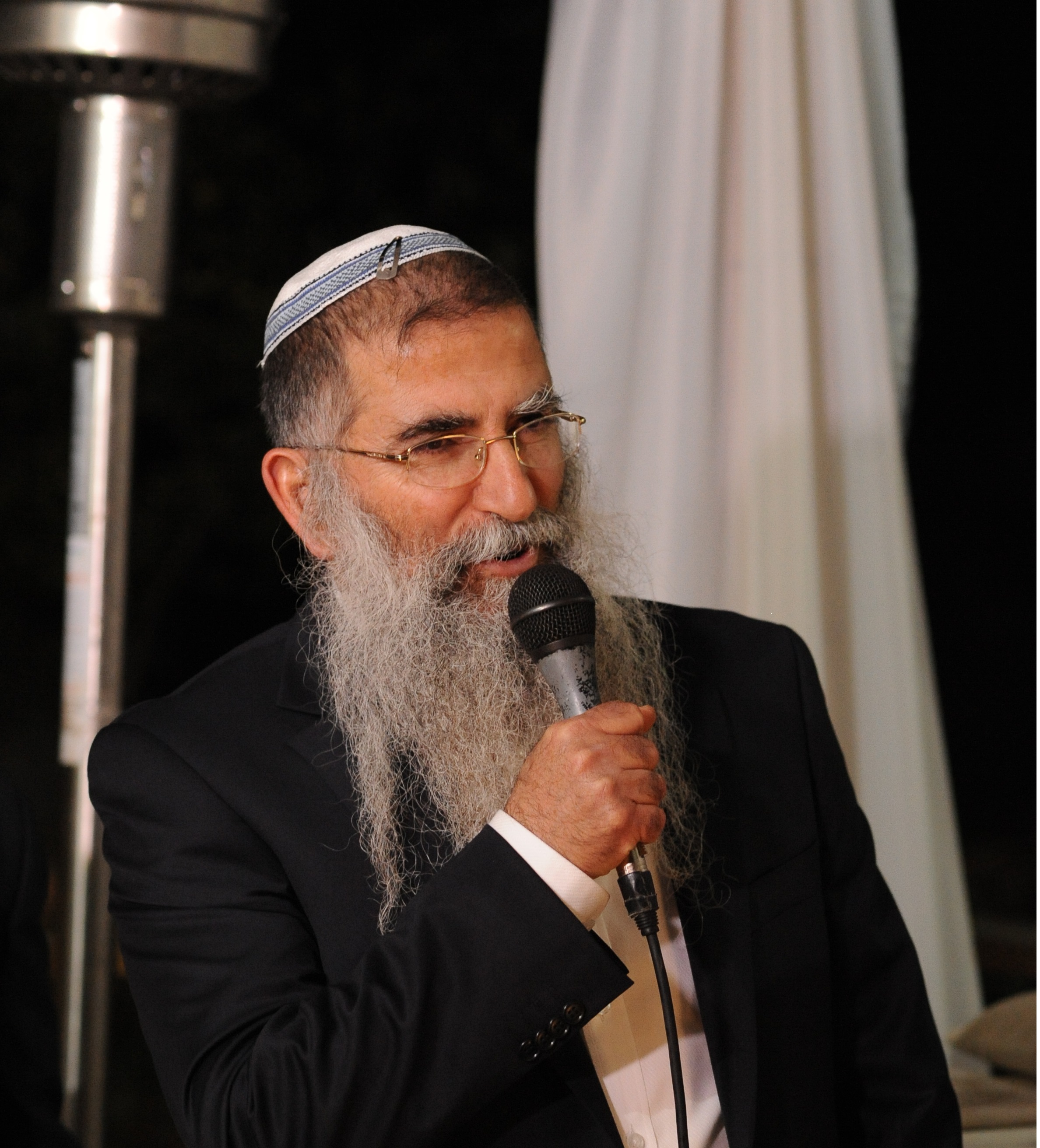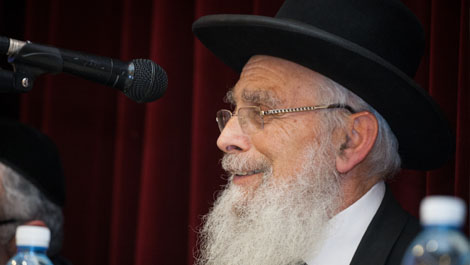Beit Midrash
- Sections
- Chemdat Yamim
- Parashat Hashavua
- Torah Portion and Tanach
- D'varim
- Ki Tetze
The maximalistic plan is to destroy Amalek "from beneath the heavens." This is a war to the end against the international foundation of Amalek, an actual battle with the power of the sword and the fist. This battle ends when the coveted world peace has been obtained, when we get to the end of days, and "no nation will lift up its sword against the other nation nor will they learn anymore to wage war" (Yeshayahu 2:4). But this was a battle that could not be waged right away. As the gemara (Sanhedrin 20b) said, Bnei Yisrael were commanded three mitzvot upon their entry into the Land: appointing a king, uprooting Amalek, and building the Beit Hamikdash. So the first condition for erasing the memory of Amalek was having a monarchy in Israel.
But even in the times of exile, when the dominion is in the hands of foreign nations, there is a minimalistic form of erasing the memory of Amalek, in the form of fighting the elements of Amalek that are in our own midst. The main ability of Amalek to be a dangerous enemy of ours was related by the Torah before its account of the episode of Amalek’s attack. Our nation asked: "Is Hashem in our midst or is He not?" (Shemot 17:7). After all, in all times, just as there is an external Amalek that rises up, there is a seed of Amalek in our midst which causes us to question whether Hashem is in our midst. Overcoming that doubt is an important feat. The salvation of sorts that it brings, even if it is subtle, is considered a miracle that is fit for the times of exile. That is how the Rabbis viewed the holiday of Purim, which was celebrated even when we were still servants of Achashveirosh and were given to the whims of the ruler. But that too is something that is of value and leads to a final great goal.
We still commemorate Purim, whereas there is no holiday for Yehoshua’s victorious battle against Amalek or for Shaul’s victory against them. The commemoration of the victory against Amalek is for the one that took place in exile. This was a partial redemption, which serves as the nucleus of the future redemption. It gives us great power to destroy the element of Amalek in our own midst. "Just as when the month of Av enters, we reduce joy, so too when Adar enters, we increase joy" (Ta’anit 29a).
That is what happened with the miracle of Purim. No Jewish king was installed. But there was a central figure around whom people rallied. Even those who took part in Achashveirosh’s feast and those who bowed down to idols rallied around him. They saw the power of the Torah and the power of its leaders to lead and bring "the tossed ship of Israel" to safety.

Parashat Hashavua: How to Ensure a Future of Torah
Rabbi Yossef Carmel | Cheshvan 5786

Parashat Hashavua: Can One Give a Loan to Hashem? – part I
Rabbi Yossef Carmel | Elul 5785

Yerushalayim Was Not Divided Among the Tribes
[This dvar Torah was written last year, but is still timely.]
Rabbi Yossef Carmel | 23 Tammuz 5784




















